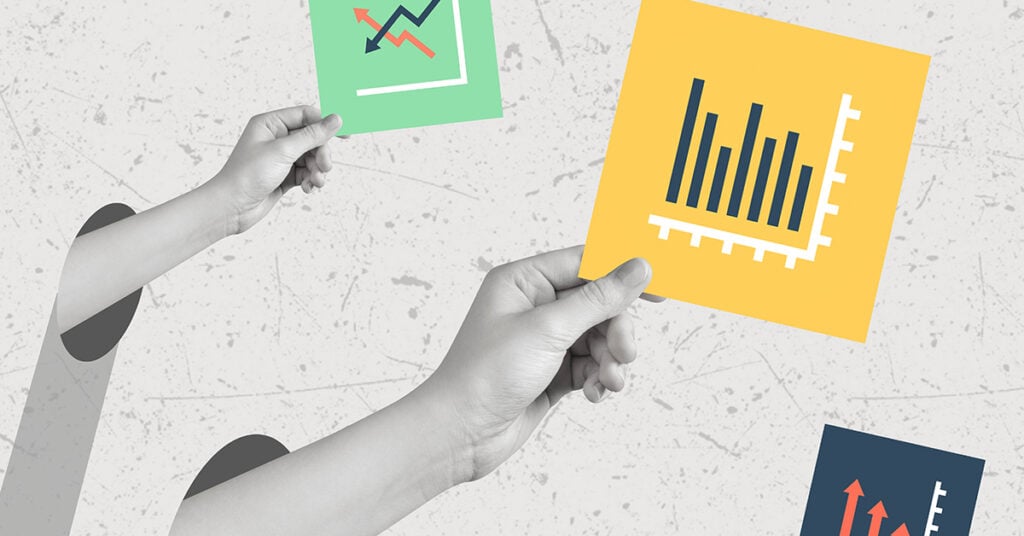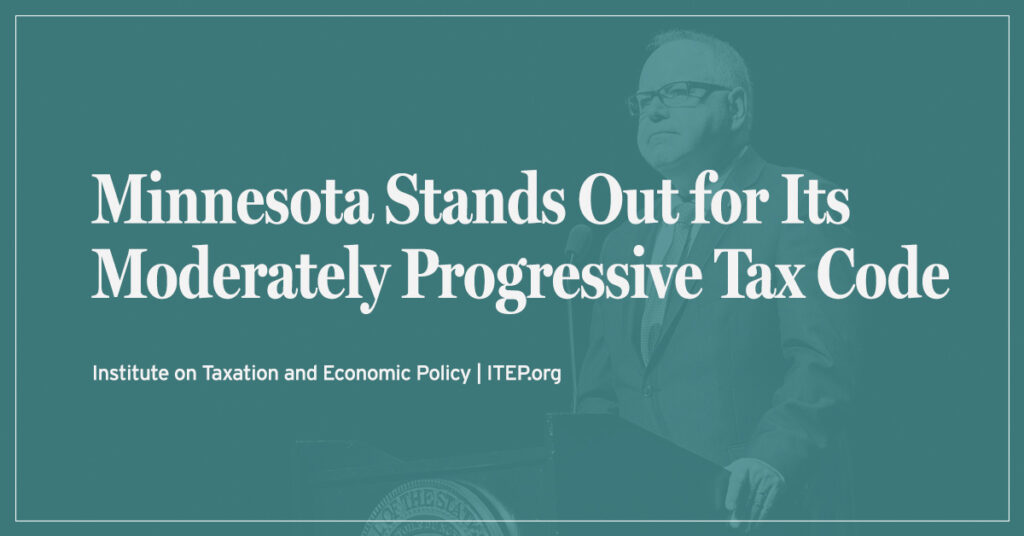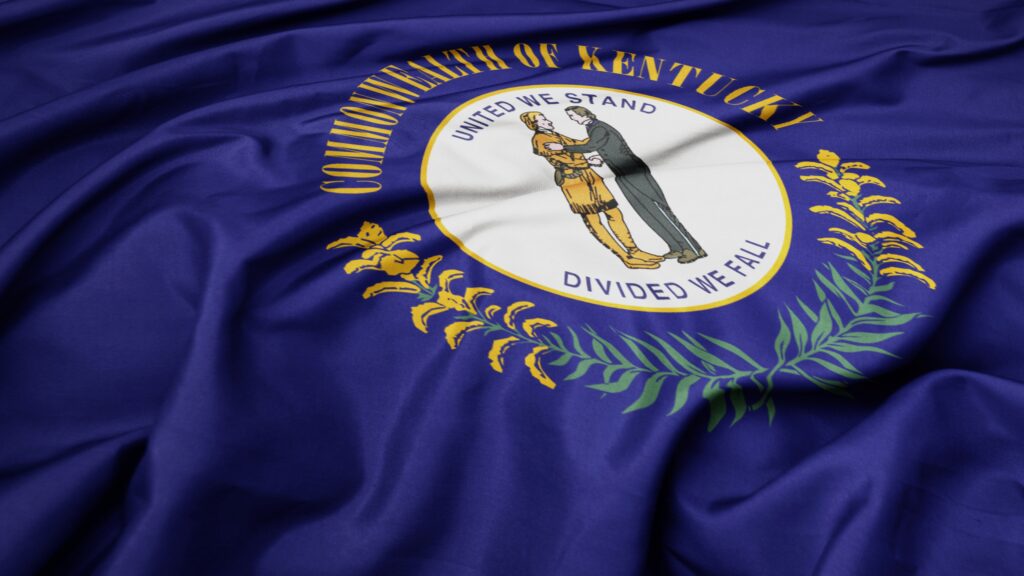Last week, the Institute on Taxation and Economic Policy released Who Pays?, a report that examines the state and local tax system in all 50 states. The analysis concludes that every state’s tax system is regressive, meaning the lower one’s income, the higher one’s tax rate.
Not surprisingly, the report ruffled a few feathers. It’s about taxes, after all. A few critics cried foul because the study, which made clear it’s an analysis of state and local tax systems, only discussed state and local tax systems. Such a focus doesn’t paint a complete picture of all taxes people pay, they argue. Well, no kidding. Proponents of progressive taxes made a similar argument in 2012 when Mitt Romney made his widely disproven, notoriously wrong remark that 47 percent of the population doesn’t pay any taxes, based on a narrow analysis of federal income taxes.
State governors and lawmakers have a clear set of policies they can control. Federal tax laws are not among them. State and local tax systems fund all manner of public services that benefit all state residents, including public education, public health and safety, and infrastructure. How states fund these vital services and who the responsibility falls on to pay for them are precisely the questions state policymakers should be debating.
It is indisputable that states are raising revenue in a regressive way that demands a greater share of income from those who have the least. When state lawmakers are forced to deal with difficult fiscal circumstances that may require tax hikes, what they need to know is who’s getting hit hardest to begin with. And that’s exactly what the Who Pays? report shows.
If it is easy to conclude from Who Pays? that states seeking to increase taxes should not look first to low- and middle-income families, including federal taxes makes this conclusion even more obvious. An April 2014 report from Citizens for Tax Justice shows that the lion’s share of taxes paid by low- and middle-income people are state and local. Yes, our collective federal and state tax system is somewhat progressive overall, but that doesn’t mean states should be absolved from imposing an unconscionably high tax rate on Americans living at or below the poverty line. If our tax system is indirectly contributing to income inequality, state and local taxes are the main reason why.
For those who would argue that regressive state taxes are just fine because the federal system makes taxes more progressive, well, please make that argument to the low-income families in Washington state who pay an effective state tax rate of 16.8 percent while the richest 1 percent pay only 2.4 percent. And while you’re at it, make your case to the residents of Kansas who are dealing with the fallout from Gov. Sam Brownback’s failed supply-side experiment that cut state taxes for businesses and the very rich – and raised taxes on lower-income residents. It’s well documented that Kansas’s irresponsible tax cuts have left the state struggling to raise enough revenue to adequately fund basic public services.
These kinds of facts should be the starting point for tax reform debate in the states—not nuanced ideological arguments that seek to justify regressive state and local taxes because the federal system is comparatively progressive.
Those of us who advocate for just, progressive tax policies are accustomed to anti-tax advocates dangling shiny objects and trying to detract from big picture questions about how to raise revenue in a fair way. But criticizing a 50-state analysis for analyzing 50 states, not the federal system, is an obvious red herring.





